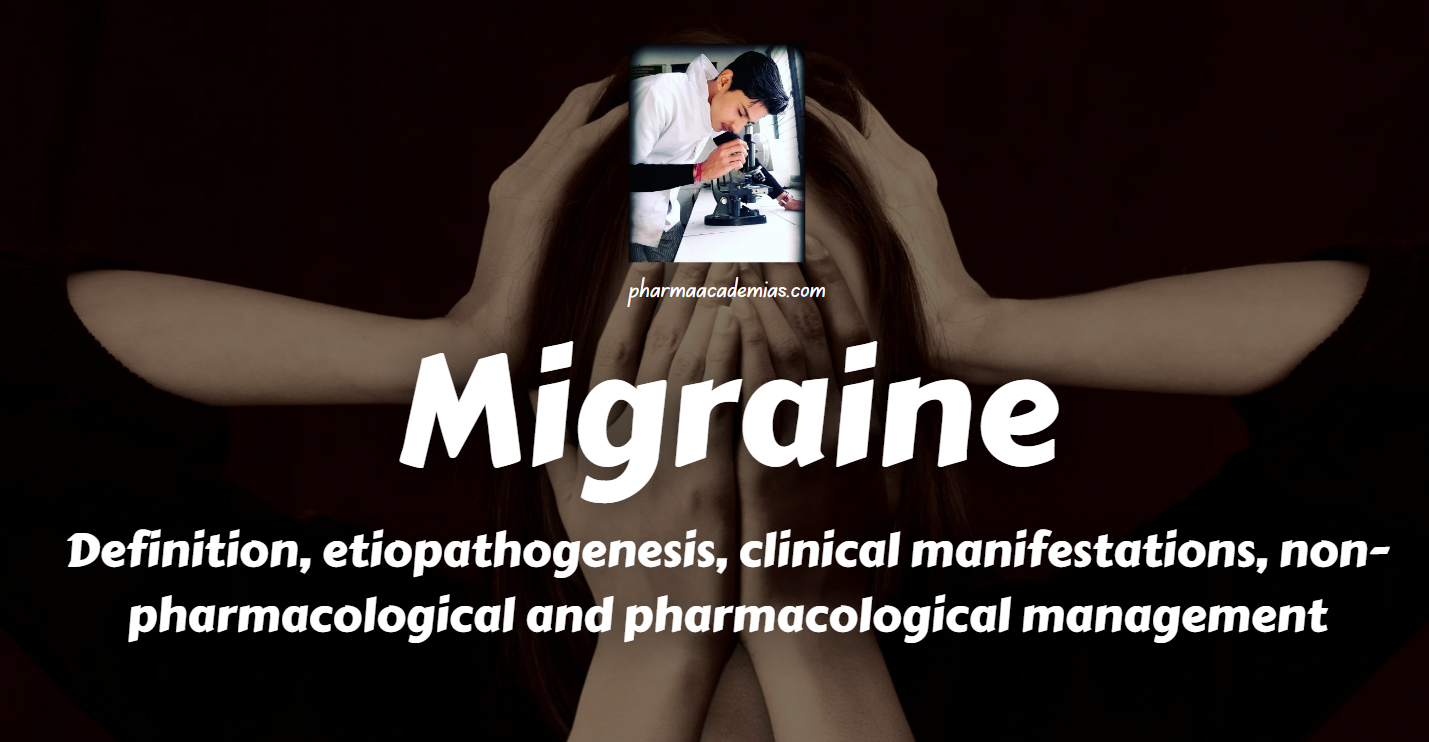Hepatitis: Definition, Etiopathogenesis, Clinical Manifestations, Non-pharmacological and Pharmacological Management
Hepatitis is the inflammation of the liver, commonly caused by viral infections, though it can also result from other factors such as autoimmune reactions, drug toxicity, and alcohol abuse. Viral hepatitis is categorized by different types (A, B, C, D, and E), each caused by specific viruses. Etiopathogenesis 1. Viral Hepatitis: Hepatitis A (HAV): Fecal-oral … Read more










